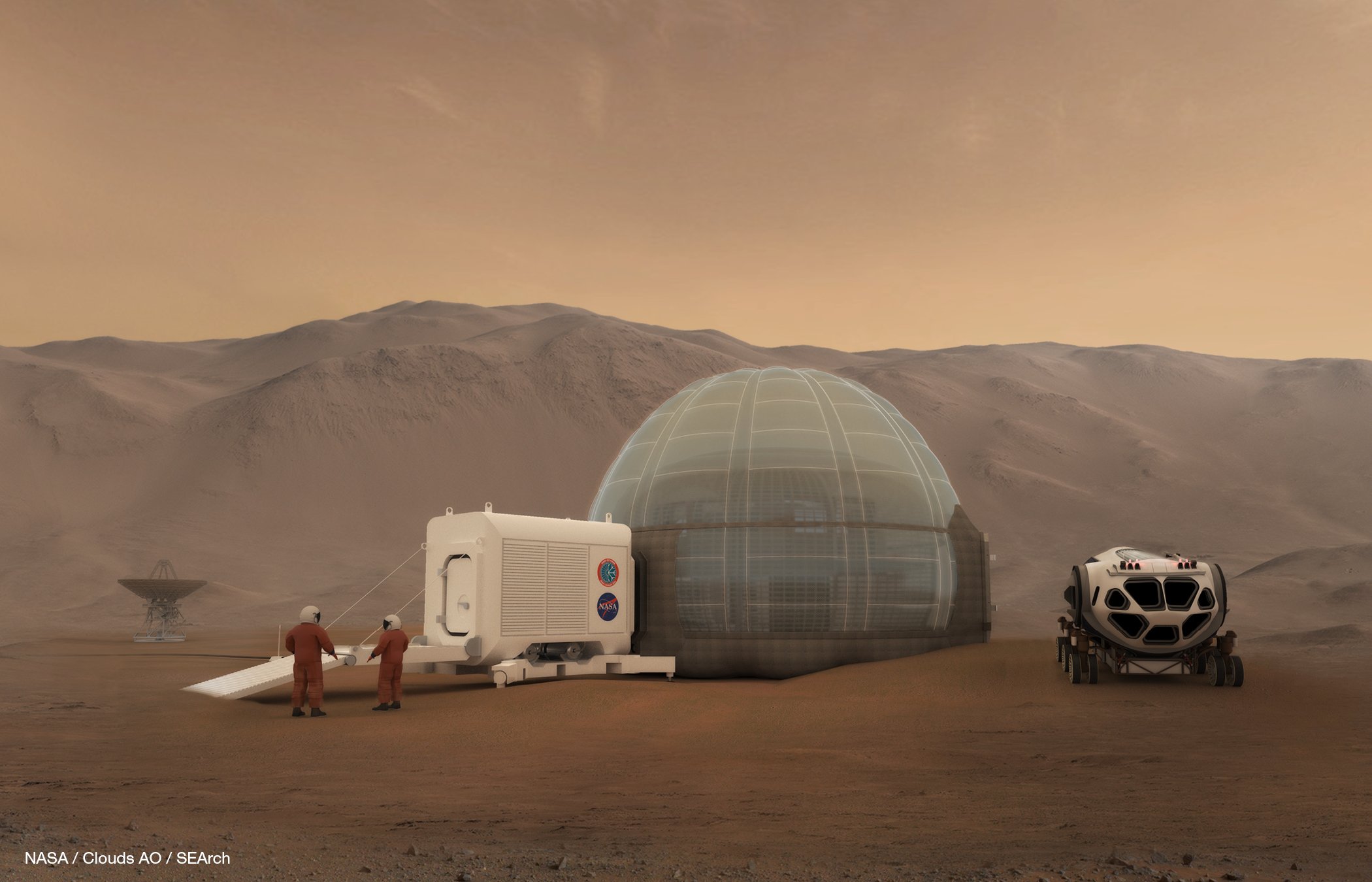
Charting Our Future in Space: Advocacy, Education, Exploration.
-
People living and working in thriving communities beyond the Earth, and the use of the vast resources of space for the dramatic betterment of humanity.
-
To promote social, economic, technological, and political change in order to expand civilization beyond Earth, to settle space and to use the resulting resources to build a hopeful and prosperous future for humanity.
-
Advocate for the expansion of human presence beyond Earth through policy changes, public outreach, innovative educational programs, and partnerships with relevant stakeholders in the space industry.
About Us
The National Space Society of Australia is a collective of space enthusiasts fostering a future of ambitious space programs and space settlement. As part of a global community of over 25,000 members, we envision a self-sufficient, free-enterprise-supported, space-based civilization.
We stimulate space exploration, research, development, and habitation through a wide array of activities. Our mission is "to usher in an era where ordinary people have the opportunity to work and live in space," and we work towards this by striving for changes across all sectors of government and industry.
As a non-profit organisation, we draw strength from our dedicated members, helping individuals fascinated by the final frontier to discover and learn more about space's untapped potential. Together, we explore the promise and possibilities space holds for us all. Ad Astra!
Our History
The National Space Society of Australia is an affiliated chapter of the broader National Space Society, a U.S.-based international organization. As part of this affiliation, it aligns with the mission of promoting space exploration and settlement, and it benefits from the resources and network of the larger organization. This partnership aids the Australian chapter in executing educational, advocacy, and outreach activities related to space in Australia.
-
The L5 Society, inspired by the concept of creating space colonies at stable gravitational points known as L4 and L5, was established in 1975 following a Summer Study at Princeton University and M.I.T. This independent citizens' group aimed to disseminate information about space development possibilities and publish related commentary. In Australia, three chapters of the L5 Society were established - the Southern Cross L5 Society in Sydney (1979), Adelaide (1984), and Brisbane (1986). Although primarily functioning as space clubs with modest membership, these chapters operated independently, partook in public information activities, and shared a national newsletter, "L5 Space News", but made limited proactive advances in promoting space research and exploration.
-
In 1985, amid an internal shake-up, Kirby Ikin revitalized the Sydney chapter of the Society, collaborating with leaders from Brisbane and Adelaide to redefine goals and rebuild enthusiasm for space exploration. Despite an initial setback following the Challenger disaster, the subsequent two years saw a resurgence in interest and membership, leading to the development of outreach events and the election of key members like Glen Nagle and Michael Graf to the Sydney chapter's Steering Committee. Over time, the Society evolved from being the Australian chapter of the US-based National Space Society (NSS) into an independent body, the National Space Society of Australia (NSSA), which organized its own chapters and activities, including an Australian Space Development Conference featuring Apollo XI astronaut Buzz Aldrin, while still aligning with the NSS's broader vision of creating a spacefaring civilization.
-
The 1st Australian Space Development Conference (ASDC) in 1990, supported by a consortium of organisations, kick-started Australia's pro-space movement and led to the formation of Space Business Discussion Groups (SBDG) to continue industry dialogue. The National Space Society of Australia (NSSA) used a variety of publications to disseminate information and attract members, including Space Frontier News, Space Digest Australia, and later Sky & Space, though some of these faced financial difficulties. Major developments included the founding of the Australian Space Industry Chamber of Commerce (ASICC) in 1993, the expansion of NSSA chapters including one in Tasmania, and the introduction of the international magazine Ad Astra, with the reestablishment of Space Frontier News as a comprehensive information service for members.
-
The National Space Society of Australia (NSSA) continued to expand its influence with the third Australian Space Development Conference (ASDC) in 1994, which launched the Australian Space Office's five-year plan, and the initiation of the Space Frontier Conference (SFC) in 1995 for broader, long-term space-related topics. 1996 marked a turning point for NSSA with significant organisational changes, the fourth ASDC held in Canberra, the call for an Australian National Space Agency, and the introduction of the annual Challenger Memorial Cricket Match. The organization grew with new chapters and initiatives, such as the Basic LEO Experiment Satellite project by the University of NSW Chapter, and improved its publications, with an emphasis on reaching a broader audience.
Meet the Team
